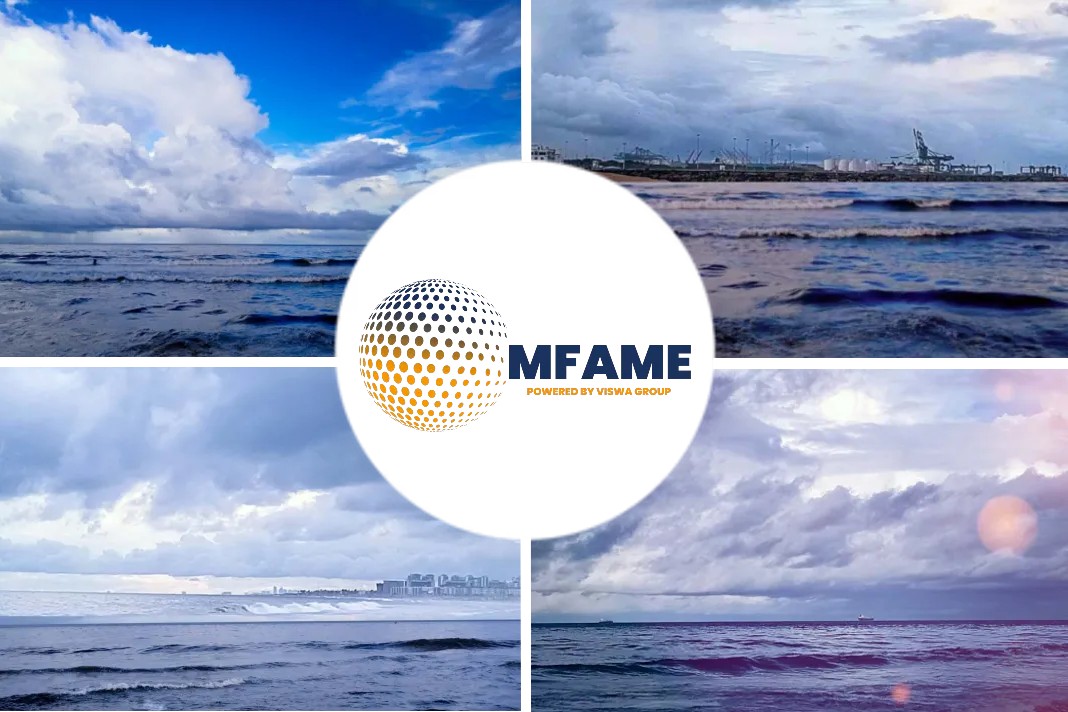
- From the Galápagos to Bermuda, ocean planners often find themselves caught between two worlds.
- Dilemma of choosing between fisheries and fish.
- It’s a very political job.
“It’s a fantastic experience to be next to a 12-meter-long whale shark, or to get close to a predator like a tiger shark,” says the marine scientist Alex Hearn. “Nothing quite measures up to slipping into the water and swimming alongside one of these incredible creatures.” Hearn is a marine planner – like a city planner, but for the sea.
A Complex Task
As with urban planning, Hearn’s is a technical job, taking complex datasets collected from surveys and scientific studies and processing them using software to find solutions to specific questions: how space is used, what can be built and which areas need to be protected. Each decision is a delicate balancing act that involves having to consider the needs of many different parties, from businesses to local people.
As space in the world’s oceans comes under pressure, marine spatial planning is becoming increasingly important to protect ecosystems, as well as balancing the needs of marine life with human activities, such as fishing, energy, tourism and shipping. “In the case of the Galápagos, marine spatial planning was born from a cauldron of concerns,” says Hearn. “All levels of society have a stake, from local fishers to the government.”
His team uses Marxan, a suite of software tools, to determine which are the best areas to protect. “It prioritizes where you might want to carry out conservation actions – in this case to create an MPA [marine protected area] – by annoying the smallest number of people,” says Hearn. The algorithm factors in the cost of protection – ie the loss of fishing opportunities. There are two main fleets operating in the area, so Hearn and his team took 10-year-old data about catches and put a dollar value on each location. The data fed into Marxan came from many sources, including scientists and research teams who have spent years out on the ocean – including one that tags albatrosses and another that studies sea turtles.
Political And Slow
According to Hearn, marine planning can be “very political”, as well as frustratingly slow. As with city planning, there is a huge amount of bureaucracy. Not everyone is keen to help, either. There’s also the need for incredible attention to detail – checking and rechecking numbers. “There’s a lot of computer time,” he says. “It can be tedious and sometimes fraught, but that is the process.”
Sarah Brooks, another marine planner, knows how that feels. Though she has spent plenty of time on and in the ocean, including sailing around the world, her work now involves far more screen time. Brooks takes data from scientists, divers, fishers and others who use the water. “My job is to get that info from them in a way that’s useful for marine spatial planning.” She transforms it using tools including Prioritizr, software that helps her create detailed ocean maps to show the best areas for marine life, such as fish or coral.
The work can be frustrating. Much like urban planning, there are rules and regulations, piles of paperwork and plenty of red tape. “There’s a lot of legislation,” says Brooks. “It’s not like one or two people make a decision and you run with it…” Patience is key to surviving as a marine planner. In the Galápagos, the Ecuadorian government opted for much smaller protected areas than Hearn and his team recommended.
Marine planning is also rewarding and essential, says Hearn. “It needs to be done. We’re not living in a sustainable fashion as a global society. I always wanted to muck in, and the way I saw I could contribute was to help steer us towards a more sustainable economy…”
Did you subscribe to our newsletter?
It’s free! Click here to subscribe!
Source: TheGuardian














